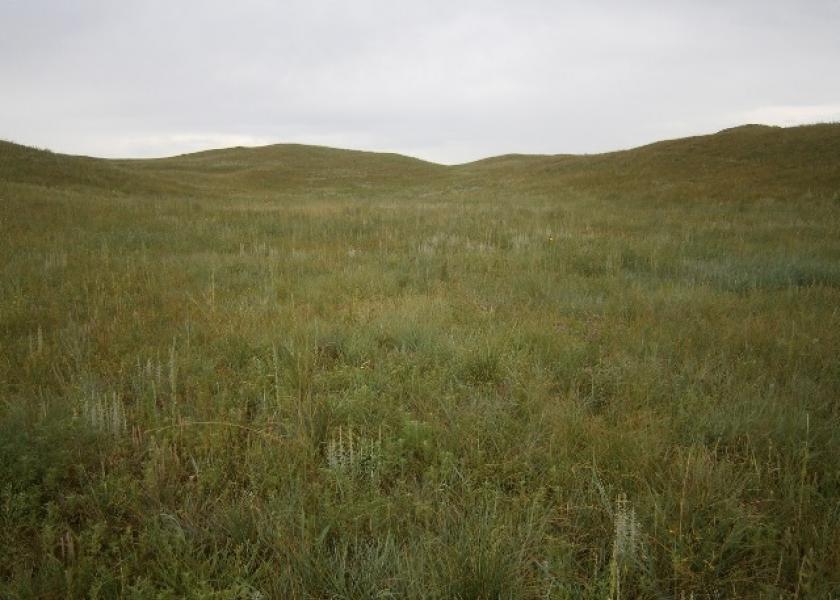Lingering Drought Challenges for Some Pasture and Range Conditions, USDA Report Reveals

While parts of the Midwest catch some much needed rains, other areas face dry conditions this growing season.
As seen in the U.S. Seasonal Drought Outlook, released on June 15, provided by the National Oceanic Atmospheric Administration’s (NOAA), drought will likely persist or slightly improve throughout much of the eastern Corn Belt and into the Great Plains regions.
Read More: Production Problems in the Eastern Corn Belt? A Look at NOAA's New Summer Drought Outlook
While the drought map differs greatly from last year, the story of pasture and range conditions is not as bright as producers might expect.
In the recent USDA National Agricultural Statistics Service (NASS) Crop Progress report, pasture and range conditions show improvement over a year ago, yet some states still see lingering challenges.
According to the report for the week ending June 18, for the lower 48 states, 35% of pasture and range acres are of good condition, with an additional 35% of fair condition—consistent or slightly below last week, yet significantly greater than last year with 28% in good and 27% in fair conditions in 2022.
However, across the country, Nebraska, Texas, Missouri, Illinois and South Dakota are seeing ongoing impacts of drought reflected in the range conditions.
The report shows 35% of Nebraska’s total pasture acres in very poor to poor condition, with 30% of Texas, 37% of Missouri, 42% of Illinois and 26% of South Dakota falling into the same categories.
Improvements may be on the way for some of these areas, specifically Nebraska, southeast South Dakota and northwest Missouri, according to the seasonal drought outlook. Unfortunately, Texas and Illinois will likely see little relief in the coming months.
Meanwhile, Wyoming’s conditions soar above many states, with 62% and 24% of acres in good and fair conditions, respectively. Additionally, 54% of Oklahoma’s pastures are considered to be in good condition, with more drought improvements and removal likely.
As a producer, the upcoming months might make a difference on the overall conditions of pastures for years to come.
Here’s a few grazing management techniques for healthier grass, according to Colorado State University Extension.
1. Initiate a rotational grazing system. Here's some information on getting started with rotational grazing.
2. Graze for short periods of time (7-10 days) and allow long re-growth periods (70-120 days) where the grass has time to recover with no grazing stress. Designate a small sacrifice area or corral, if necessary, to keep animals while grasses are recovering.
3. Allow grass to reach the proper height in inches before grazing. This will enable your grass to build strong roots for vigorous photosynthesis and growth. Learn more about proper grazing heights for specific forage species here.
4. Know when to remove your animals from an area. A rule of thumb is Take Half Leave Half. Never allow the grass to be grazed below a protective height.
5. Walk your pastures and monitor grass growth. Be flexible. Temperature and precipitation will vary from year to year, as will grass recovery time.







